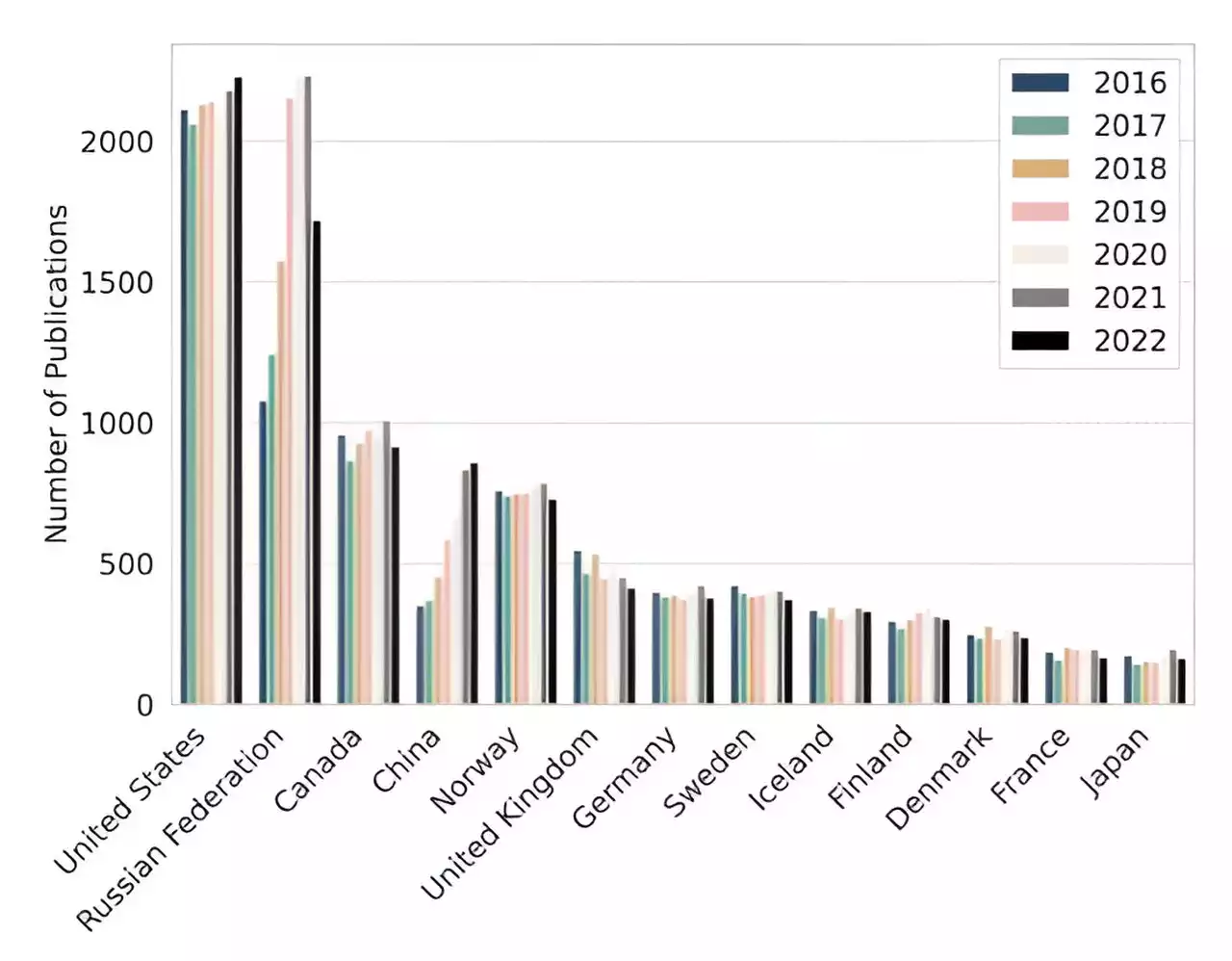When Congress in 2017 approved exploration and development opportunities in Alaska’s Coastal Plain of the Arctic National Wildlife Refuge, it marked an end to a 37-year struggle to open the plain.
Originally authorized by Congress in 1980, the plain holds a tremendous reserve that could enhance U.S. energy security for decades.Invoking climate change, the president canceled already-executed lease contracts with the Alaska Industrial Development and Export Authority for its seven tracts of land on the Coastal Plain.
Development of the wildlife refuge is strongly supported by Alaskans, including the Inupiat Eskimos living closest to — and even, in the case of the village of Kaktovik, inside the boundaries of — the Coastal Plain. Oil and gas creates not only hundreds of jobs for villagers across the North Slope of the state, but royalty payments to local government have also facilitated First World living conditions, a stark contrast to regions of Alaska without significant job opportunities.
But Mr. Biden’s handlers and advisers want him to be reelected in November 2024. They know that recent decisions to allow oil and gas leases in the Gulf of Mexico and to reauthorize development of Alaska’s Willow Project have damaged his credibility among environmental activists, a segment of the voting populace he can’t afford to lose.
United States Latest News, United States Headlines
Similar News:You can also read news stories similar to this one that we have collected from other news sources.
 Stranded hiker rescued thanks to bear webcam viewersA wildlife webcam in a remote national park helped save a distressed hiker.
Stranded hiker rescued thanks to bear webcam viewersA wildlife webcam in a remote national park helped save a distressed hiker.
Read more »
 Arctic research grows and strengthens international cooperation: ReportA new report by UArctic highlights the growing diversity and number of research activities across the Arctic. UArctic is a collaboration between academic institutions and other organizations with an interest in northern regions. The report demonstrates a high degree of international cooperation and presents Arctic research trends.
Arctic research grows and strengthens international cooperation: ReportA new report by UArctic highlights the growing diversity and number of research activities across the Arctic. UArctic is a collaboration between academic institutions and other organizations with an interest in northern regions. The report demonstrates a high degree of international cooperation and presents Arctic research trends.
Read more »
 Making Arctic field geology accessible by digitizing outcropsThe Svalbox Digital Model Database (DMDb) just made its formal debut into the scientific community in a new article published in the journal Geosphere.
Making Arctic field geology accessible by digitizing outcropsThe Svalbox Digital Model Database (DMDb) just made its formal debut into the scientific community in a new article published in the journal Geosphere.
Read more »
 Scientists identify how the dissection of Arctic landscapes is changing with accelerating climate changeResearch co-led by Simon Fraser University and the University of British Columbia shows that amplified global warming in the Canadian High Arctic drove a profound shift in the structure of a river network carved into a permafrost landscape in only 60 years.
Scientists identify how the dissection of Arctic landscapes is changing with accelerating climate changeResearch co-led by Simon Fraser University and the University of British Columbia shows that amplified global warming in the Canadian High Arctic drove a profound shift in the structure of a river network carved into a permafrost landscape in only 60 years.
Read more »
 Shifting Streams: How Climate Change Is Redefining Arctic River NetworksIntensified global warming has transformed Canadian High Arctic river networks over 60 years, influenced by freeze-thaw cycles and flooding patterns. New research underscores the urgent need for predictive models to forecast future Arctic environmental shifts. New research co-led by Simon Fraser
Shifting Streams: How Climate Change Is Redefining Arctic River NetworksIntensified global warming has transformed Canadian High Arctic river networks over 60 years, influenced by freeze-thaw cycles and flooding patterns. New research underscores the urgent need for predictive models to forecast future Arctic environmental shifts. New research co-led by Simon Fraser
Read more »
